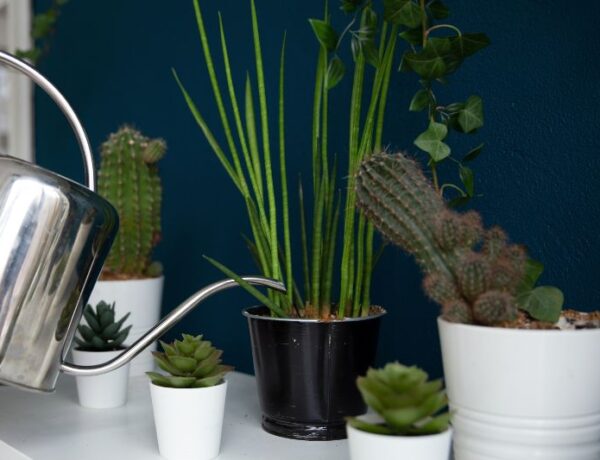Oh, hibiscus! These gorgeous, tropical flowers add a splash of color to any garden, but it can be disheartening when their beautiful blooms start dropping off.
This article will help you understand the main reasons behind this issue and offer practical solutions to get your hibiscus flourishing again. Let’s dive in!
Table of Contents
1. Environmental Stress
Temperature fluctuations and extreme weather can cause hibiscus flowers to fall prematurely. These tropical plants thrive in warm temperatures and can be sensitive to sudden changes.
Solution: Maintain a consistent environment for your hibiscus by keeping it in a sheltered spot or moving this tall plant indoors during extreme weather conditions. Aim for temperatures between 60-90°F (15-32°C), and avoid exposing the plant to frost or excessive heat.
2. Watering Issues
Both overwatering and underwatering can lead to flower drop and droopy leaves. A thirsty hibiscus plant may shed its buds, while excess moisture can cause root rot and weaken the plant.
Solution: Water your hibiscus deeply but infrequently, allowing the soil to dry slightly between waterings. A good rule of thumb is to water once the top inch of soil feels dry to the touch. Make sure your pot has drainage holes to prevent waterlogging.
3. Insufficient Lighting
Hibiscus plants need plenty of sunlight to produce their vibrant blooms. Inadequate light can result in weak, leggy growth and flower drop.
Solution: Ensure your hibiscus receives at least 6 hours of direct sunlight per day. If you’re growing it indoors, place it near a sunny window or supplement with grow lights.
4. Nutrient Deficiencies
A lack of essential nutrients, especially phosphorus and potassium, can lead to poor flower production and drop. Yellowing hibiscus leaves can also signal nutrient deficiencies.
Solution: Feed your hibiscus with a balanced, water-soluble fertilizer every 4-6 weeks during the growing season. Look for a fertilizer specifically formulated for flowering plants, with a higher phosphorus and potassium content.
5. Pests and Diseases
Pests like aphids, whiteflies, and spider mites can weaken your hibiscus and cause flower drop. Fungal diseases, such as root rot and botrytis blight, can also lead to bud drop and plant stress.
Solution: Inspect your hibiscus regularly for signs of pests or disease. Control pests with insecticidal soap or neem oil, and keep the foliage dry to minimize fungal infections. Remove any affected leaves or flowers to prevent the spread of disease.
6. Pruning and Maintenance
Improper pruning or lack of maintenance can contribute to poor flower production and bud drop.
Solution: Prune your hibiscus in early spring to encourage healthy growth and flowering. Remove any dead or damaged branches and shape the plant as desired. Pinch back new growth during the growing season to encourage branching and more blooms.
Frequently Asked Questions
Hibiscus flowers typically last between one and two days. Each individual bloom opens in the morning and wilts by the evening of the next day, as part of its natural reproductive cycle.
This dropping mechanism is a natural process that allows for new flowers to bloom and contributes to new seed production.
Under optimal conditions, a hibiscus plant can bloom every day, especially during the warmer months. The frequency of blooming depends on factors like sunlight, temperature, and appropriate watering.
Hibiscus plants require plenty of sunlight, regular watering, and well-draining soil to bloom optimally. Additionally, regular feeding with a balanced, high-potassium fertilizer during the blooming season can promote more flowers.
Yes, hibiscus plants thrive in full sun. They require at least six hours of direct sunlight each day to produce the energy necessary for blooming.
Definitely! While hibiscus plants prefer outdoor conditions, they can bloom indoors if provided with plenty of sunlight, consistent watering, and suitable temperature conditions.
Conclusion
A bit of TLC goes a long way in keeping your hibiscus healthy and blooming beautifully. By addressing these common issues, you’ll be well on your way to enjoying a vibrant, flourishing garden filled with stunning hibiscus flowers. And if you need more info on the matter, make sure to check our guide on Chinese Hibiscus care.






No Comments